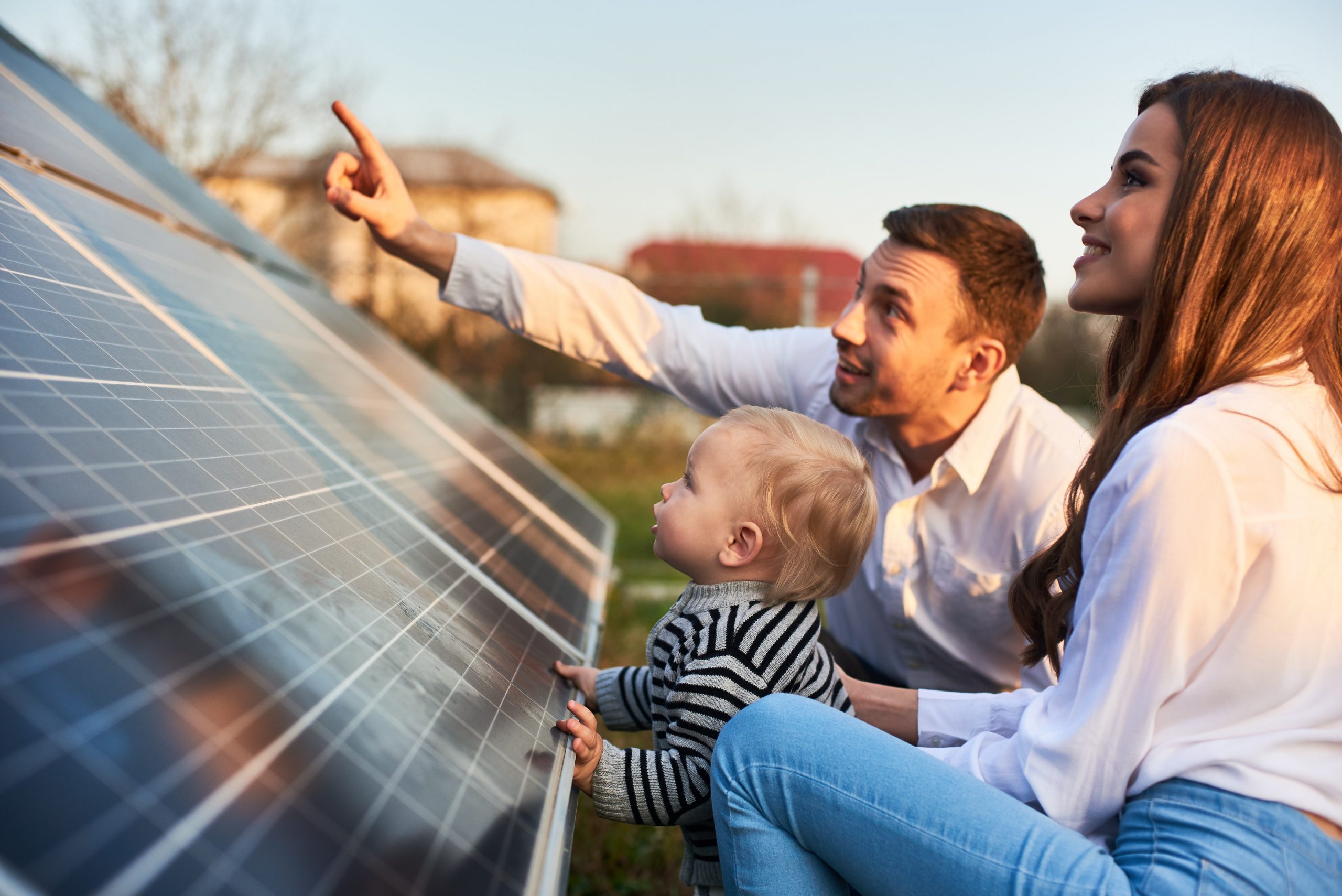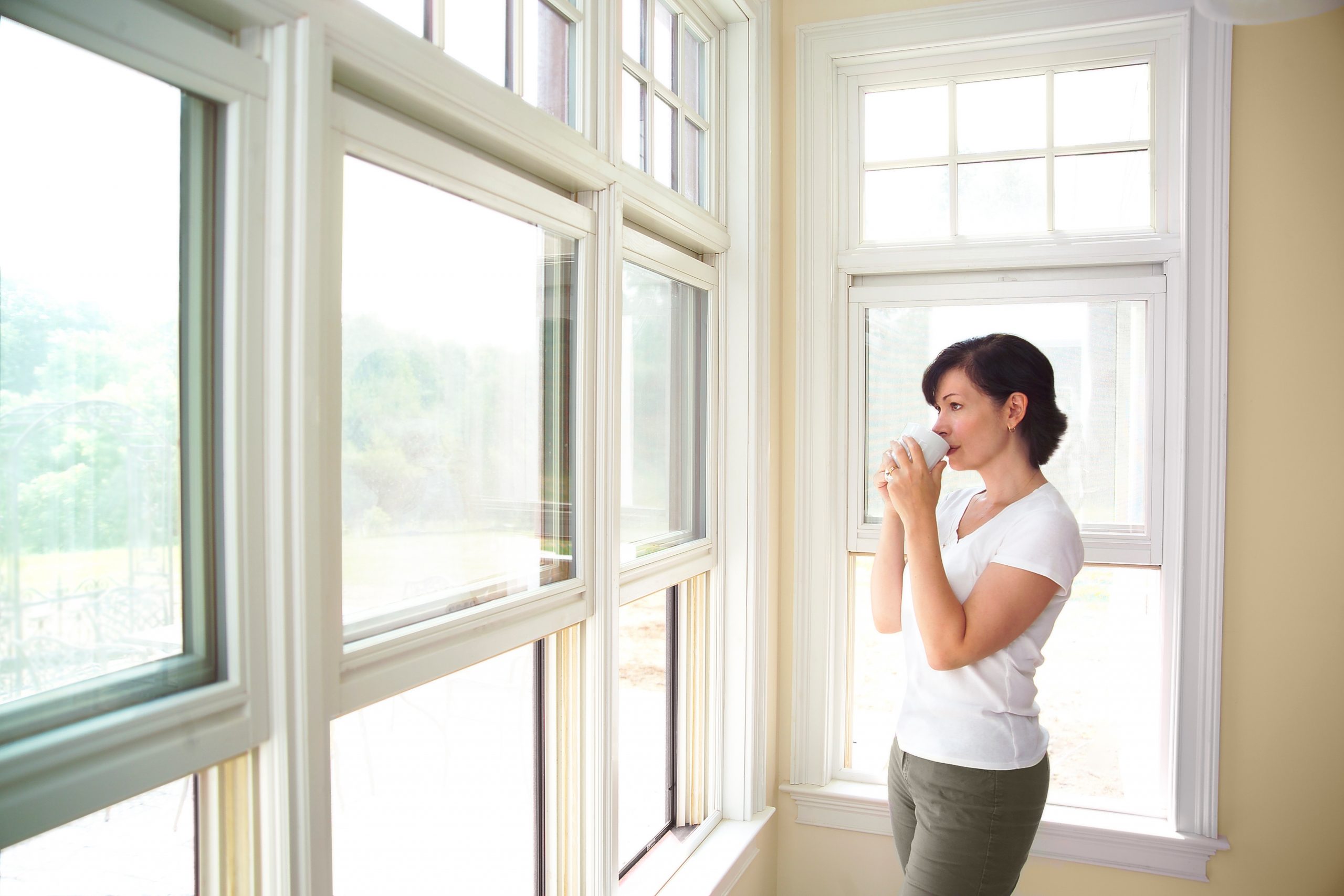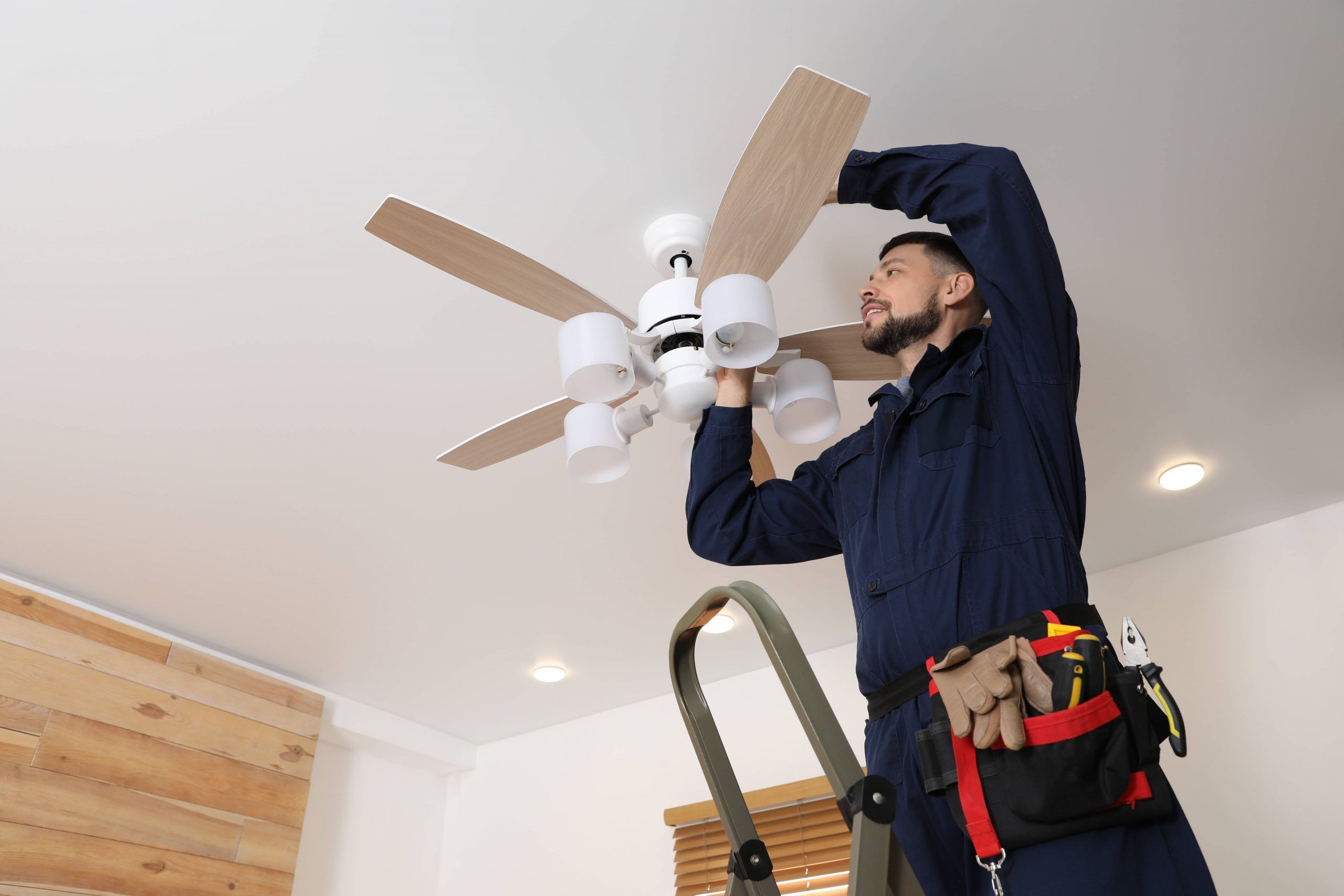Table of Contents
- How Does Solar Power Work?
- The Main Components of a Solar System
- What to Consider Before Installing Solar Panels
- State-by-State Comparison: What You Need to Know
- Pros and Cons of Going Solar
- How to Choose a Solar Installer
- How Long Until You Break Even?
- What About Maintenance?
- Final Take: Should You Go Solar?
Solar Power 101: Everything You Need to Know Before Installing Solar Panels
Switching to solar power can feel like a big leap—but it’s one that more and more homeowners are making. Whether you’re looking to cut down on utility bills, lower your carbon footprint, or become more energy-independent, solar panels can be a smart move. But before you start calling up installers or comparing quotes, there’s a lot to know. Let’s break it all down.

How Does Solar Power Work?
Solar power works by converting sunlight into electricity using photovoltaic (PV) panels. These panels are usually mounted on your roof (though some homeowners opt for ground-mounted systems if space allows). The electricity generated by these panels flows into an inverter, which converts it from direct current (DC) to alternating current (AC)—the kind your home appliances use.
Here’s a quick look at how it flows:
Sunlight → Solar Panels → Inverter → Electrical Panel → Home Power Use
If you produce more energy than you use, the excess can either be stored in a battery (if you have one) or sent back to the grid in exchange for credits (a policy known as net metering).
The Main Components of a Solar System
Before you dive in, it helps to know what you’re actually buying. A typical residential solar energy system includes:
- Solar Panels: These collect sunlight and convert it into electricity.
- Inverter: Converts electricity from DC to AC.
- Mounting System: Keeps your panels secure on your roof.
- Performance Monitoring System: Allows you to track your system’s energy output.
- Battery (Optional): Stores energy for later use, like at night or during outages.
What to Consider Before Installing Solar Panels
Is Your Home a Good Fit?
Not every home is ideal for solar. Here are a few things that matter:
- Roof Orientation: South-facing roofs get the most consistent sunlight in the U.S.
- Shading: Trees, buildings, and even chimneys can block the sun.
- Roof Condition: If your roof needs repairs, it’s best to do them before installing solar.
- Local Climate: While solar works even in cloudy places, sunnier areas obviously produce more power.
Local Policies and Incentives
Every state handles solar incentives differently. Federal incentives are universal, but state-level policies—like rebates, property tax exemptions, and net metering rules—can make a huge difference in how quickly your system pays for itself.
Upfront Costs vs. Long-Term Savings
Most residential solar systems cost between $15,000 and $25,000 before incentives. The federal solar tax credit (currently 30%) brings that number down significantly. In the long term, most homeowners save tens of thousands of dollars on electricity.
Financing options include:
- Paying in Cash: Highest upfront cost but highest savings over time.
- Solar Loans: No large upfront payment and you still own the system.
- Leasing or Power Purchase Agreements (PPAs): Low upfront cost but reduced long-term savings because a third party owns the system.
State-by-State Comparison: What You Need to Know
Here’s a handy table comparing some important solar factors across different states. This includes average peak sunlight hours, average installation cost for a 5kW system, availability of state incentives, and whether net metering is offered.
| State | Avg Sunlight (hrs/day) | Avg Cost (5kW system) | State Incentives | Net Metering Available |
|---|---|---|---|---|
| California | 5.5 | $16,000 | Yes | Yes |
| Texas | 5.0 | $15,500 | Limited | Yes |
| New York | 4.0 | $17,000 | Yes | Yes |
| Florida | 5.2 | $16,500 | Limited | Yes |
| Arizona | 6.5 | $14,000 | Yes | Yes |
| Illinois | 4.2 | $17,500 | Yes | Yes |
| North Carolina | 5.0 | $15,800 | Yes | Yes |
| Nevada | 6.0 | $15,000 | Yes | Yes |
| Colorado | 5.3 | $16,200 | Yes | Yes |
| Oregon | 3.8 | $18,000 | Yes | Yes |
Note: Costs and incentives are averages and may vary depending on installer, utility company, and local programs.
Pros and Cons of Going Solar
Benefits of Solar Power
- Lower Electricity Bills: Some homeowners eliminate their electric bill completely.
- Tax Credits & Incentives: The 30% federal tax credit is a huge money-saver.
- Environmental Impact: Clean, renewable energy reduces your carbon footprint.
- Increased Home Value: Solar-equipped homes often sell faster and for more money.
- Energy Independence: You’re less vulnerable to rising energy costs or outages.
Potential Drawbacks
- High Upfront Cost: Even with incentives, it can be a big investment.
- Weather-Dependent: Solar doesn’t generate as much power on cloudy days.
- Battery Storage is Expensive: If you want to be truly energy independent, batteries can add another $10,000 or more.
- Long-Term Commitment: Panels last 25–30 years, and removing them early can be costly.
How to Choose a Solar Installer
Not all solar companies are created equal. Here’s what to look for:
- Experience: Go with a company that’s been around and has good reviews.
- Certifications: Look for NABCEP (North American Board of Certified Energy Practitioners) certified installers.
- Warranties: A good system should include 20–25 years of panel warranty and at least 10 years for the inverter.
- Financing Options: Ask about payment plans, leases, and loans.
- Monitoring Tools: Make sure they offer a system that lets you track your energy production.
How Long Until You Break Even?
This depends on where you live and how much energy you use. In states with strong sunlight and high electricity costs (like California and Hawaii), many homeowners break even in 6–8 years. In less sunny or lower-cost states, it may take closer to 10–12 years.
Given that most panels last 25–30 years, that’s a long period of savings once you hit the break-even point.
What About Maintenance?
Solar systems are low maintenance. Most homeowners simply:
- Keep Panels Clean: Rain usually does the trick, but occasional cleaning helps.
- Monitor Performance: Your app or dashboard should show if something’s off.
- Inspect Annually: Some companies offer a free annual check-up.
Final Take: Should You Go Solar?
Solar energy isn’t right for every home, but it’s a fantastic choice for many. If your roof gets good sunlight, you plan to stay put for a while, and you’re ready to invest in long-term savings, then solar might be one of the best decisions you’ll make.
On the flip side, if your roof isn’t a good candidate or you move often, it might be smarter to wait or explore community solar options instead.
Sources
- U.S. Department of Energy – Office of Energy Efficiency & Renewable Energy
- EnergySage – Solar Panel Cost Guide
- SolarReviews – State-by-State Solar Incentives
- National Renewable Energy Laboratory (NREL)
- North American Board of Certified Energy Practitioners (NABCEP)
- DSIRE – Database of State Incentives for Renewables & Efficiency
- Consumer Affairs – Solar Energy Pros & Cons
- Forbes Home – Solar Panel Installation Costs





